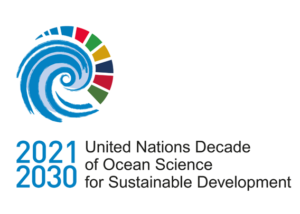
Dr. Amalesh Mukhopadhyay
Indian Coastal line is about 7500 Km long covering both mainland coastline (~ 5400 Km) and island territories (~ 2100 Km) spreading over 9 States i.e., Gujarat, Maharashtra, Goa, Karnataka, Kerala, Tamil Nadu, Andhra Pradesh, Odisha, West Bengal and Island Territories like Andaman & Nicobar, Daman & Diu, Pondicherry and Lakshadweep having a population of around 560 million.
However, the major estuaries along Indian coastal states are Krishna & Pennar in AP, Mahanadi in Odisha and Ganges Delta in West Bengal. The Hooghly-Matlah estuarine system situated in West Bengal is the largest among the estuaries on the Indian coast covering the Gangetic delta called Sundarbans which is the world’s largest delta endowed with largest mangrove vegetation (4,264 km2) in India.
In this context, Estuarine & Coastal Studies Foundation (ECSF), Howrah, West Bengal, a new institute has been set up in Section 8 Company model very recently for studying various issues on estuarine and coastal related aspects. The Foundation is now working intimately at Sundarbans area with the engagement of people there, planting mangroves towards erosion/ restoration of land and other relevant research activities. Research Scholars, Interns are associated with the Foundation to understand science related to estuarine etc. and carry out field studies to supplement their quest. ECSF is expected to engage with both national and international academic institutions and research laboratories for developing necessary human capabilities to sustain futures research activities in this area. ECSF will also try to inculcate knowledge in such niche area of ecology and supplementing in the academic curriculum available presently at College & University.
Being an experienced science promoter and research administrator, I would be able to contribute to steer and shape the ECSF for becoming it globally recognized research organization working in estuarine area.

